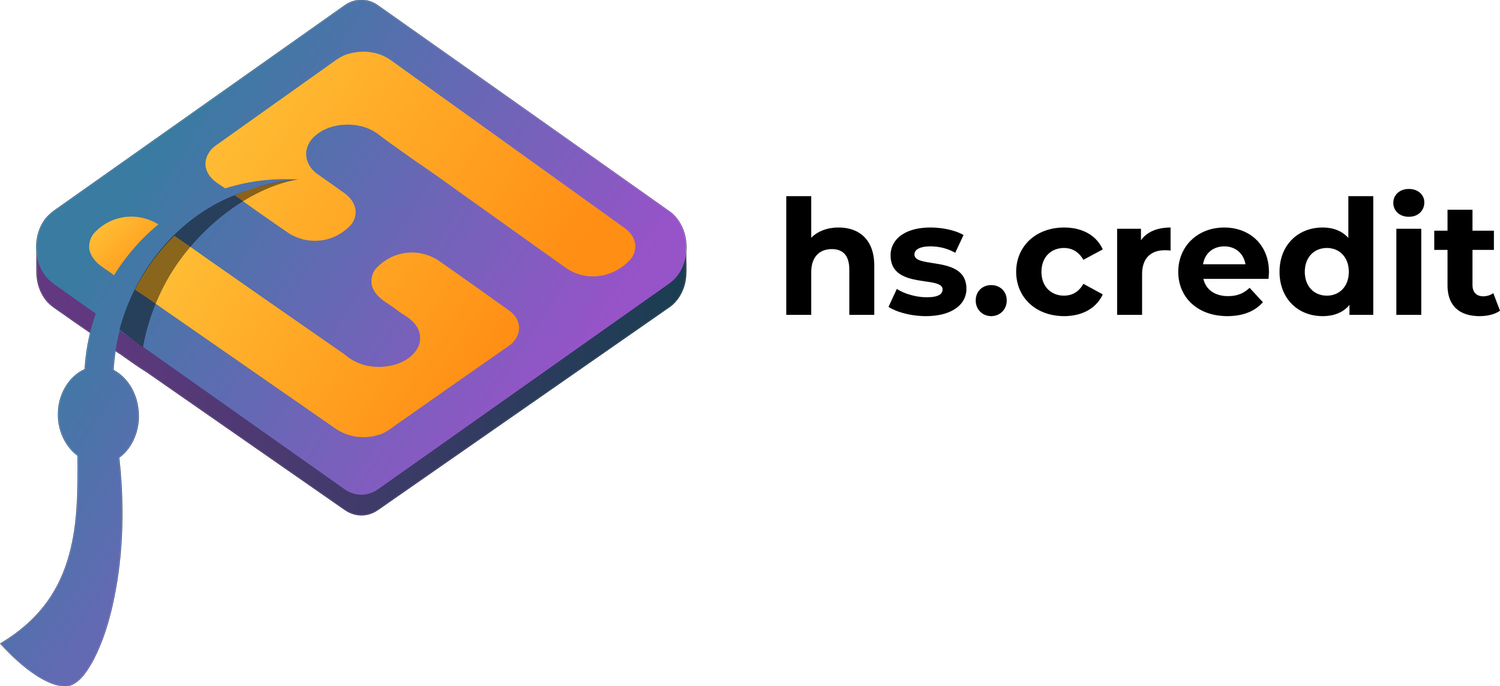Student Creators vs. AI Cheaters
The Future of Education in the Digital Age
Imagine two students:
Kim heard about A.I. and chose to learn how to use it. It helps her with writing her school assignments.
Rashi also heard about A.I. but hasn’t explored it yet. She doesn’t know where to start and her school has supposedly “banned” it.
As an educator, which student would you prefer to work with in your classroom?
Those who work in schools where outcomes are measured with standardized tests should prefer Rashi, who follows instructions and will excel on the tests.
Those who work in performance-based learning environments would prefer a student like Kim. They would ensure that Kim produces authentic work with her A.I. assistant. They may even invite Kim to teach her classmates how she prompts it so well.
If Kim attended an average public school, she would probably have to lie about using A.I. as it would be considered cheating on homework. When she started to fail exams while scoring so well on homework, administrators would question this unusual pattern. A.I. would be blamed for the lack of learning outcomes. Banning it is would protect Kim from becoming disengaged.
The student-centered nature of project-based learning allows for the introduction of tools like A.I., especially if the student, like Kim, takes the initiative to learn about it on her own. With A.I. assisting in research, Kim can create videos and podcasts to document her academic journey.
Another reason why performance-based assessment has an advantage in generating student engagement and producing authentic outcomes was studied by David Glass and Jerome Singer in 1972. They conducted an experiment where two groups of people were placed in rooms to work on puzzles and do proofreading, while loud, random noises played in the background. One group was left alone, while the other group was given a button to press to turn off the sound. Interestingly, the group with the option to silence the background noise solved five times as many puzzles and made fewer proofreading errors. However, none of the group members actually pressed the button!
Knowing about the button gave them a sense of agency. This is exactly the type of experience students have in project-based classrooms. They are the creators-in-training. Teachers do much less paperwork and focus on effective peer feedback, and a quality final student work product. When students take control of the classroom, authentic learning emerges naturally.
A.I. excels at standardized thinking and therefore in testing-focused schools, it causes harm because students do nothing at all other than prompt the A.I. with the worksheet or research paper assignments.
In performance-based classrooms, the same A.I. assistant allows students to direct and produce original academic content. Each student producer has a team of A.I. assistants who can translate, write scripts, create graphics, edit copy and provide research.
This article detailed how humans experience a sense of excitement and fulfillment when they authentically learn new things. Some students know how to embrace this natural motivator, while others lose their curiosity and seek stimulation outside of so called academic settings, if “academic” is synonymous with “being told what to do.” Such compliance-driven high school classrooms will eventually be recognized as educational malpractice.


